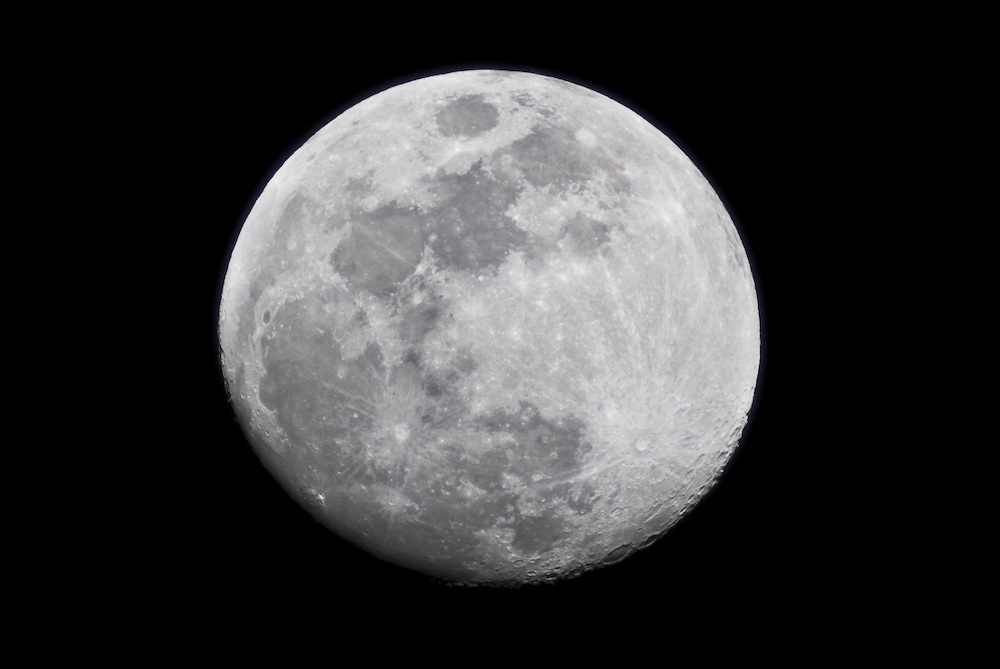
February 2018 Sky
- Posted by OCastronomy
- On February 1, 2018
- 0 Comments
- Aldebaran, Antares, Beehive cluster, Jupiter, Mars, Mercury, Partial Eclipse of the Sun, Pleiades, Regulus, Saturn, Spica, The Zodiacal Light
February 2018 Sky
| 1 | Moon near Regulus (morning sky) at 19h UT. |
| 5 | Moon near Spica (morning sky) at 17h UT. |
| 7 | Last Quarter Moon at 15:55 UT. |
| 7 | Moon near Jupiter (87° from Sun, morning sky) at 22h UT. Mag. −2.0. Jupiter is spectacular even in a small telescope. Its four brightest moons are visible in binoculars. |
| 9 | Moon near Mars (72° from Sun, morning sky) at 7h UT. Mag. 1.1. The supergiant red star Antares is nearby. |
| 11 | Moon at apogee (farthest from Earth) at 14h UT (distance 405,700 km; angular size 29.5′). |
| 11 | Moon near Saturn (47° from Sun, morning sky) at 15h UT. Mag. 0.6. |
| 12 | Mars 5.1° N of Antares (73° from Sun, morning sky) at 2h UT. Mags. 1.0 and 1.1. |
| 15 | Partial Eclipse of the Sun at 20:51 UT (greatest). Visible from southern South America and Antarctica. Begins at 18:56, ends at 22:47 UT. • Solar Eclipses: 2011 – 2030 (Mr Eclipse) • Partial Solar Eclipse of 2018 February 15 (GIF) |
| 15 | New Moon at 21:06 UT. Start of lunation 1177. • Lunation Number (Wikipedia) |
| 17 | Mercury at superior conjunction with Sun at 12h UT. The elusive planet passes into the evening sky. |
| 23 | Moon near the Pleiades at 1h UT (evening sky). |
| 23 | First Quarter Moon at 8:08 UT. |
| 23 | Moon near Aldebaran (evening sky) at 17h UT. |
| 27 | Moon at perigee (closest to Earth) at 15h UT (363,933 km; angular size 32.8′). |
| 27 | Moon near Beehive cluster M44 (evening sky) at 17h UT. • Beehive Cluster (Wikipedia) • M44: The Beehive Cluster (APOD) |
| The Zodiacal Light is caused by sunlight reflected off meteoric dust in the plane of the solar system. Choose a clear, moonless night, about 1-2 hours after sunset, and look for a large triangular-shaped glow extending up from the horizon (along the ecliptic). The best months to view the Zodiacal Light is when the ecliptic is almost vertical at the horizon: March and April (evening) and October-November (morning); times reversed for the southern hemisphere. • Zodiacal Light (Wikipedia) • Astronomy Picture of the Day (APOD) • Photographing the Zodiacal Light (Weatherscapes) |
|
| February 2018 Sky All times Universal Time (UT). | |

